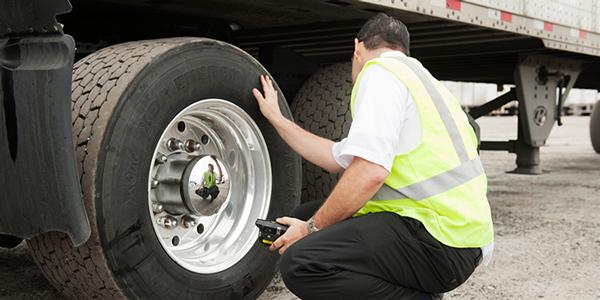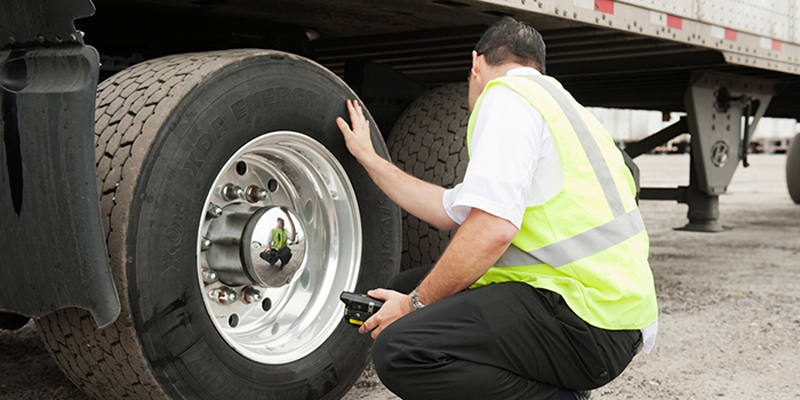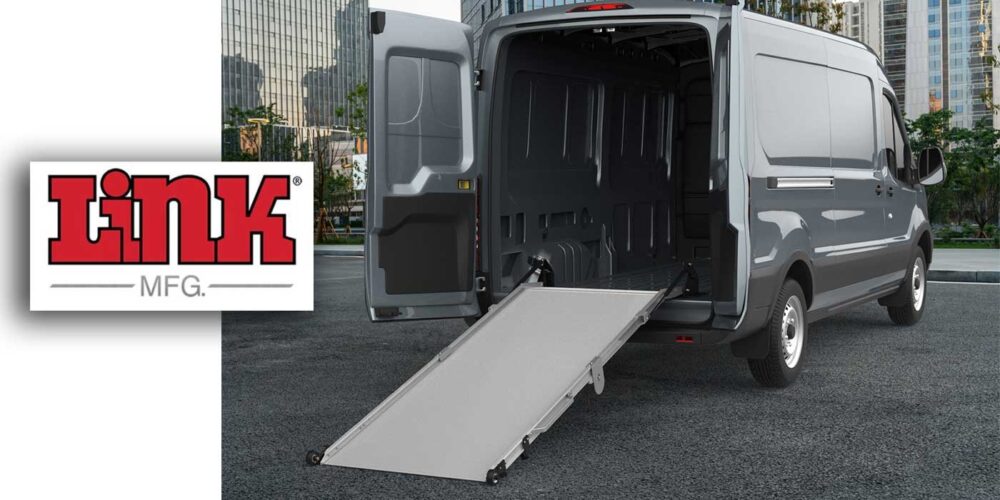
Fuel and tires are constantly duking it out for the infamous mantel of “highest fleet cost” when it comes to running equipment. While aerodynamics, the proper spec and the enforcement of reduced idling practices can help keep fuel costs under control, keeping a watchful eye on tire life and maintenance can make all the difference on a fleet’s service P&L.
To help you keep your tires running longer, here are my top three tips for extending commercial tire life.
Tip #1: You guessed it
Everyone will agree that the No. 1 tip for longer tire life is maintaining proper inflation. The key to a good tread footprint and even tread wear is maintaining proper inflation. The inflation figure should be determined by a scale weight by axle and then using a load/inflation table.
Mismatched inflation on dual assemblies is an important contributor to faster tire wear. In an 11R22.5 tire size mounted in a dual assembly with the same new tread design, you would assume that they are the same size with the same circumference.
At 5 PSI difference in inflation, the lowest inflation tire has a circumference that is 5/16-in. smaller. During every rotation cycle, the smaller circumference tire must scuff ahead to keep up with the tire with more inflation. These tires rotate around 500 times per mile. Simple math means 500 times 5/16-in. translates to 156.3-in. per mile, or 13 feet per mile.
Imagine dragging a tire 13 feet every mile. How many feet is that per day or per year? That illustrates clearly why you will see increased tire wear with improper pressure.
Another note on inflation for those running automatic inflation systems: How often are you checking the inflation and correcting the pressure on these mismatched dual assemblies? Don’t automatically assume they’re running perfect—you need to check on a scheduled basis.
Tip #2: Load matters
You can maintain pressure all you like, but if you’re not maintaining the proper inflation pressure based on the load, you’re doing more harm than good.
With an 80,000-lb. gross vehicle weight the load/inflation is relatively easy. The typical steer axle is at 12,000 lbs, or 6,000 lbs per tire. In a 295/75R22.5 tire size, 110 PSI cold gets you to 6,175 lbs in capacity.
“At 5 PSI difference in inflation, the lowest inflation tire has a circumference that is 5/16-in. smaller. These tires rotate
around 500 times per mile. Simple math means 500 times 5/16-in. translates to 156.3-in. per mile, or 13 feet per mile.
Imagine dragging a tire 13 feet every mile.”
On the duals at 17,000 lbs per axle, or 4,250 lbs per tire, with the same size 295/75R22.5 tire means that the inflation figure at 85 PSI carries 4,690 pounds per tire. Don’t rely on the old “100 PSI works for all scenarios.” You get better wear, longer tire life, and fewer impact breaks at this lower inflation figure.
Overinflation decreases the resistance to punctures and impact breaks. Overinflation also causes irregular wear, improper handling, ride disturbances and reduced traction. A load/inflation chart is a good thing to get friendly with and it will pay dividends in spades.
Tip #3: Rotate
The third tip for longer truck tire life is staying on top of tire rotations—especially in areas of irregular tread wear. Tire rotations may contribute to lessening the wear. One of the things that happens when there is a change in the direction of the rotation or when cross rotating the tires is the evening out of the irregular wear areas. Changing the direction of rotation has a tendency to even out heel/toe wear on the shoulders of drive tires and erratic wear on the shoulders of trailer tires.
Steer tires are normally rotated side-to-side which again changes the direction of rotation and helps even out wear. At 3/32- to 4/32-in. difference in tread depth between the drive axles, a cross rotation would be recommended to even out the wear and increase tire life before removal. Directional tires would be the only tires that should not change the direction of rotation.
Gary Schroeder is global director of Cooper Tire’s Truck and Bus Tire Business.
Check out the rest of the July digital edition of Fleet Equipment here.













